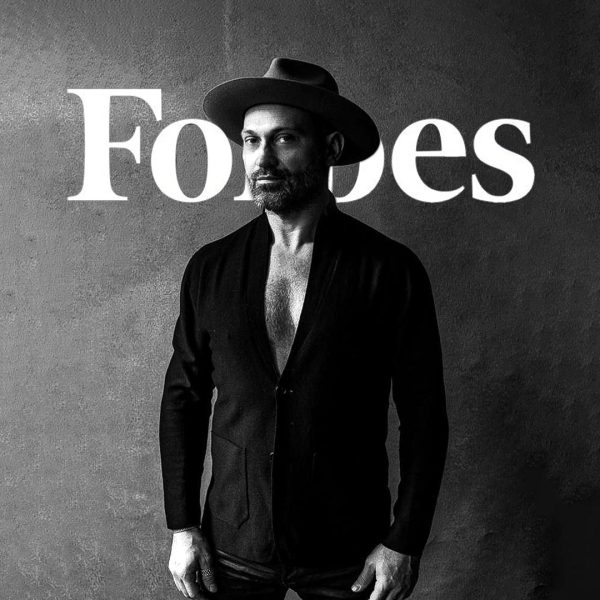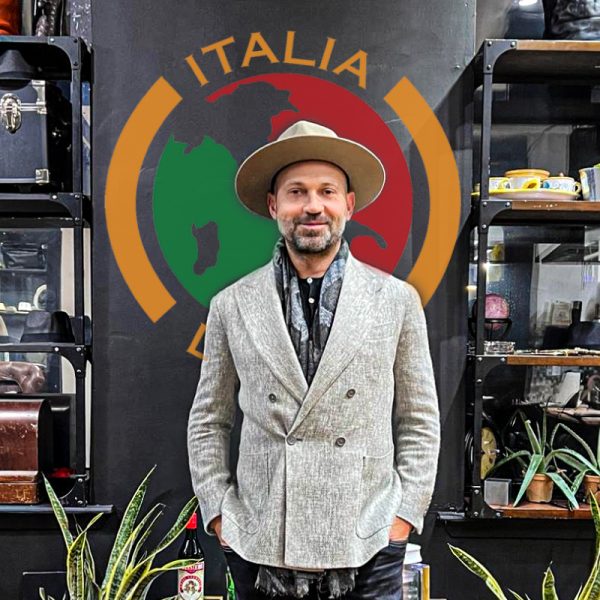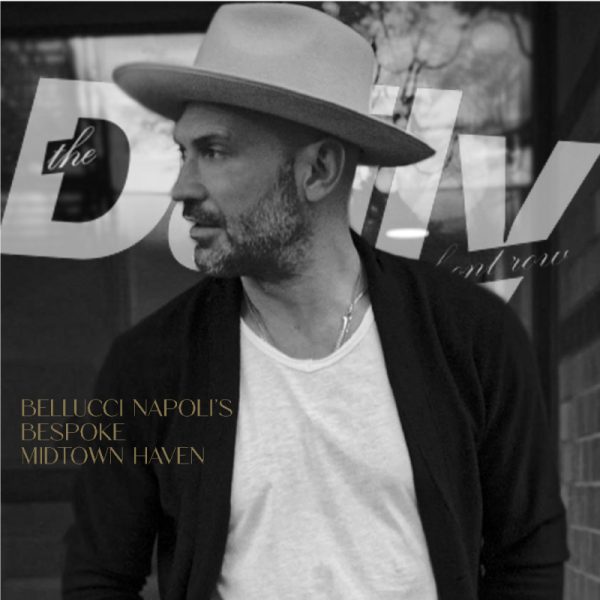Description
WW: What are the most important elements of your shirt-making process?
SO: I think the most important thing is to have a picture of the client. A picture in your mind, not a real picture! When I make a pattern for a client I often close my eyes and try to imagine the client. And when you take the measurements you also have to talk with the client and understand his priorities.
WW: In being a master tailor and working in the bespoke field where the emphasis is on the client’s privilege to choose exactly what they want, how do you balance your professional knowledge with your client’s desires?
For instance, if someone picks something you don’t think will be flattering, how do you weigh your expert opinion with making sure that your client leaves satisfied?
SO: Once it happened that a client always picked the same shirts. I just tried to suggest something different to him. Often though, it’s very hard to do this because many times clients are very set in their ways. They want white, light blue, white, light blue. So I try to change small details, like use different buttons or different stitching on the buttons, just little touches that don’t change the shirt too much.
WW: Why is the collar such an important part of the shirt for you? How do you make them and what sets your collars apart?
SO: I think the collar is a piece of art. It takes engineering to make a collar because it’s very hard to build them. It’s also the first thing you see when you talk with a person so the collar must be perfect. Here we are able to change the collar according to the shape of the clients face.
Another important factor is the weight of the collar. When you make a collar you have to consider the fabric; if the fabric is very light you have to use light inner-liner. If the fabric is heavy you have to use a heavy inner-liner. Even if the client asks for a heavy collar, if you cannot do it you have to tell them: “Look, if you make a heavy collar with this fabric the collar is going to go down and not look great.”















